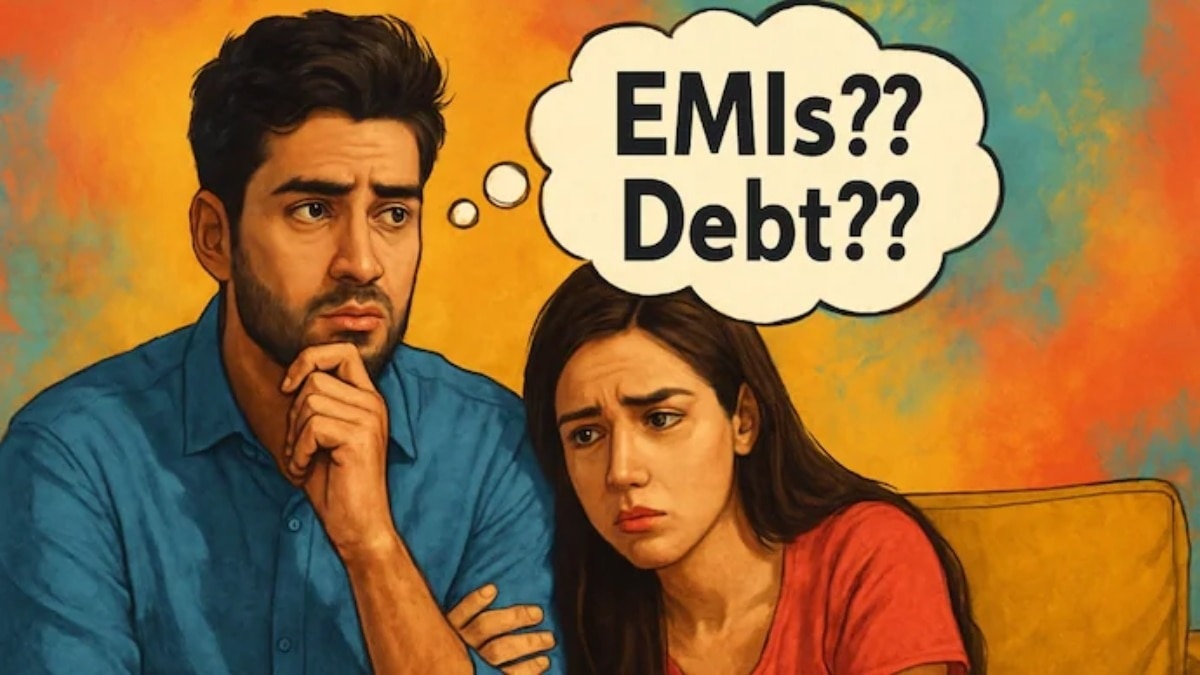Irish Middle Class Sinking Under Lifestyle Debt: Expert Warns of Credit Card Crisis

Are You Part of the Growing Lifestyle Debt Trap? Irish Middle Class Under Pressure
A concerning trend is emerging in Ireland: a significant portion of the middle class is struggling under the weight of lifestyle debt, with a staggering 55% of loans not even related to homeownership. This alarming revelation comes from a leading finance expert, highlighting a shift in spending habits and a potential crisis brewing within the Irish economy.
For years, the Irish middle class has been a cornerstone of the nation’s prosperity. However, a recent surge in consumer spending, particularly through credit cards, is threatening this stability. The numbers paint a stark picture. Over the past 13 years, credit card spending has exploded, jumping a remarkable 13-fold – from €1.2 billion to €15.6 billion. This isn't just a slight increase; it represents a dramatic shift in how Irish consumers are managing their finances.
The Rise of Lifestyle Debt: What’s Driving the Trend?
So, what's fueling this rapid increase in lifestyle debt? Several factors are at play:
- Keeping Up with the Joneses: The pressure to maintain a certain lifestyle – expensive holidays, designer clothes, the latest gadgets – is a powerful motivator for many. Social media often exacerbates this, creating a constant stream of aspirational content that can lead to overspending.
- Easy Credit Access: The ease with which credit cards and other forms of credit are available has contributed to the problem. Low interest rates (though rising now) and attractive promotional offers can lull consumers into a false sense of security.
- Inflationary Pressures: The rising cost of living, particularly for essential goods and services, is forcing some families to rely on credit to make ends meet. While this isn't purely 'lifestyle' debt, it contributes to the overall debt burden.
- Lack of Financial Literacy: A lack of understanding about the true cost of borrowing and the dangers of accumulating debt is also a significant factor.
The Warning Signs: What Does This Mean for the Future?
The finance expert’s warning is clear: this trend is unsustainable. While a bit of credit card spending is normal and even beneficial, relying on credit to fund a lifestyle beyond one's means is a dangerous path. The potential consequences include:
- Increased Financial Stress: Debt can take a significant toll on mental and emotional well-being.
- Difficulty Saving for the Future: High debt repayments leave less money available for saving and investing.
- Vulnerability to Economic Shocks: When interest rates rise or unexpected expenses occur, those with high levels of debt are particularly vulnerable.
- Potential for Defaults: If debt becomes unmanageable, it can lead to defaults and serious damage to credit scores.
What Can Be Done?
Addressing this issue requires a multi-faceted approach. Consumers need to be more mindful of their spending habits, prioritize financial literacy, and seek help if they are struggling with debt. Banks also have a responsibility to promote responsible lending practices and offer support to customers who are facing financial difficulties. The government could also consider initiatives to improve financial education and provide debt counseling services.
The situation is serious, but not hopeless. By taking proactive steps to manage debt and prioritize financial well-being, the Irish middle class can navigate this challenging period and secure a more stable financial future.






